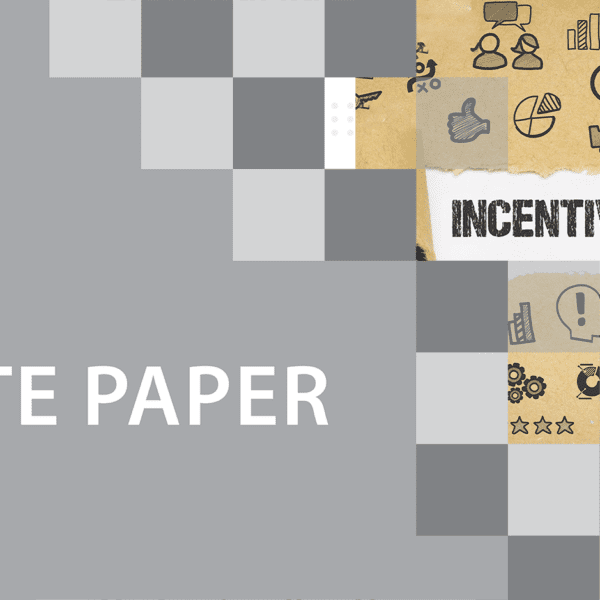Introduction to Behavioral Economics for Incentive Programs
Incentive program design aligns organizational goals with actions. It involves setting objectives, defining the audience, choosing rewards, planning, communication, and constant evaluation. This process considers budget, laws, and culture.
Behavioral economics, blending psychology and economics, studies decision-making. Understanding emotions, norms, and policy impact on choices, shapes incentive program design.
This research significantly influences the design of programs that encourage specific behaviors. Employee recognition, customer loyalty, and sales incentives are examples. It helps organizations optimize their programs for better results.
By combining insights from psychology and economics, behavioral economics has played a significant role in understanding how individuals make decisions and how incentives can be used to influence behavior. It examines how people’s emotions, social norms, and other factors affect their economic decisions and how these decisions can be influenced by the design of economic policies and institutions. This essay explores the impact of behavioral economics research on incentive program design, the types of incentives, and the factors influencing the design.
A. Definition of Incentive Program Design
Incentive program design refers to the process of creating and implementing a structured program that provides rewards or incentives to individuals or groups to encourage specific behaviors or actions. This can include employee recognition programs, customer loyalty programs, and sales incentive programs. Incentive program design involves identifying the goals and objectives of the program, identifying the target audience, selecting appropriate rewards, creating a rewards plan, communicating the program, and regularly monitoring and evaluating the program’s effectiveness. It is a crucial aspect of human behavior management, as it aims to align the incentives of the organization with the actions of its employees, customers, or partners. Incentive program design can be a complex and multi-faceted process that requires careful consideration of various factors such as budget, legal requirements, and cultural norms.
B. Overview of Behavioral Economics Research
Behavioral economics merges psychology and economics for decision analysis. It delves into emotions, norms, and policy effects on choices. This study helps understand and influence decision-making.
One key area of research in behavioral economics is the study of heuristics or the mental shortcuts that people use to make decisions. These heuristics can lead to biases and errors in judgment, such as overconfidence and the sunk cost fallacy. Researchers in behavioral economics also study how people’s emotions, such as loss aversion and framing effects, can influence their decisions.
Another important area of research in behavioral economics is the study of social norms and how they affect economic decisions. This includes research on how people’s behavior is influenced by the actions of others, such as the concept of social proof and the bystander effect.
Behavioral economists also study the role of institutions and policies in shaping economic decisions. Behavioral economics blends psychology and economics to study decision-making. It explores emotions, norms, and policy impact on choices.
Behavioral economics research has been widely used to design policies and institutions that are more effective and efficient at achieving their goals. For example, using behavioral insights to design taxes and welfare programs can help to increase participation and reduce fraud. Similarly, using behavioral insights to design financial products and services can help to increase savings and reduce debt.
White Paper Table of Contents
- Introduction
- Incentive Program Design
- Behavioral Economics Research
- Impact of Behavioral Research on Incentive Program Design
- Conclusion




